I tried Pilates clams every day for a week - and am amazed at how quickly my hip stiffness has eased
One to bookmark for later.
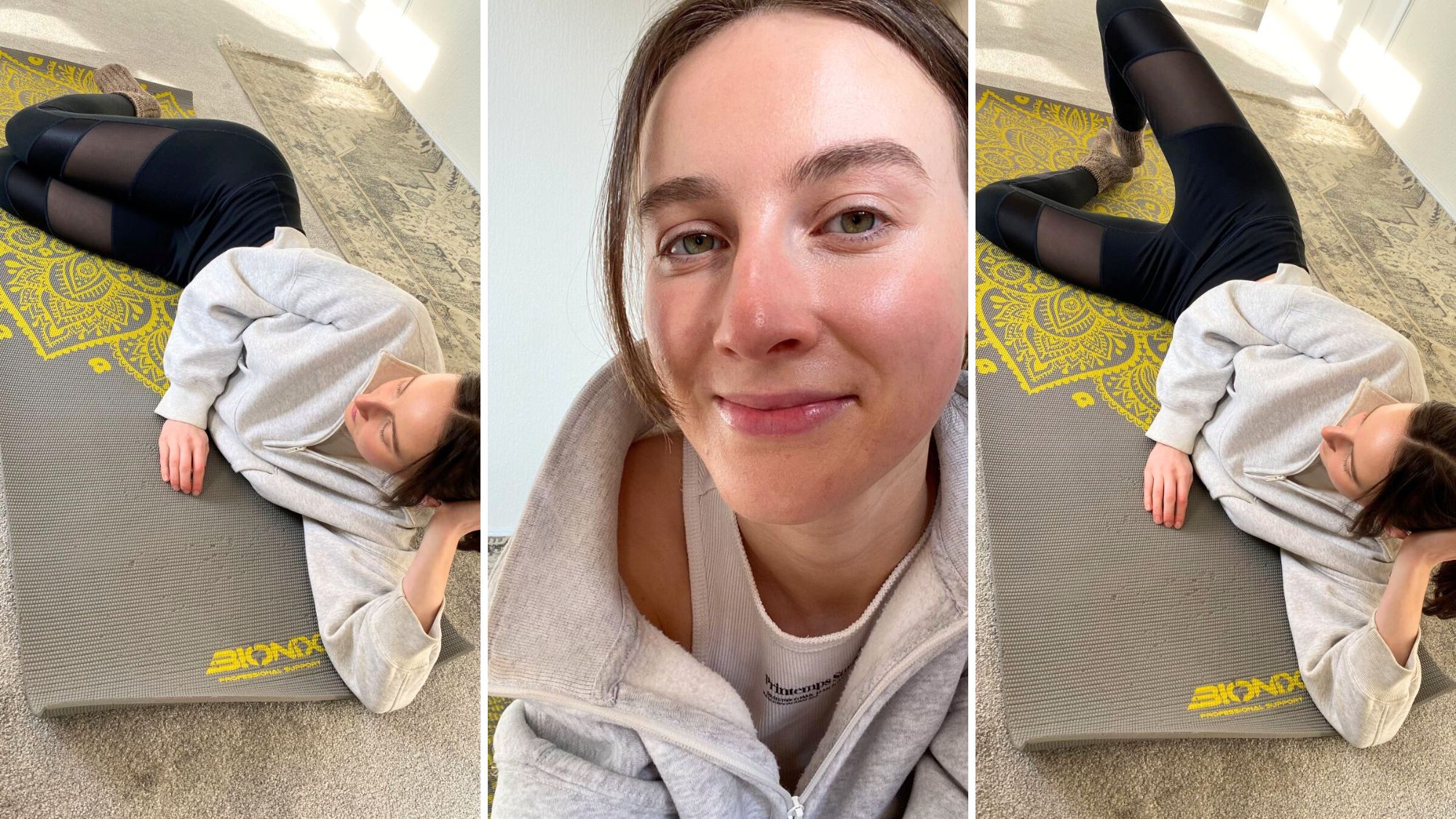

Given its surge in popularity over the last couple of years, I know I'm not alone in my love for Pilates - especially when the likes of Harry Styles, Kim Kardashian, and Jennifer Anniston have all advocated for this low-impact (yet highly effective) form of exercise. And while the demand for in-studio classes continues to soar, a lot of us are equally as keen to experience the benefits of Pilates from home.
One advantage of practising Pilates at home compared to in a studio is that we're better able to focus on individual exercises. By perfecting a single move, we're more likely to reap the benefits that the move can offer, and we also set ourselves up for better form during full-blown Pilates workouts, if and when we decide to do them (that's everything from wall Pilates to STOTT Pilates to Reformer, F.Y.I.).
So, when I was asked to try Pilates clams every day for a week, I of course said yes. After practising Pilates toe taps every day and experiencing a myriad of benefits, I was only too eager to try a different Pilates move, and once I heard that the clam targets the hip flexors and glutes, it felt like the perfect choice.
I suffer from hip stiffness, you see, which comes from my tendency to sit for many hours a day while working, plus a genetic predisposition to osteoarthritis to boot. So, if Pilates clams can help relieve some of the tightness in my hips I feel on a day-to-day basis, then I'm all in.
After practising Pilates clams every day for a week, do I think this is a move you should be adding to your at-home workout routines? You'll have to keep reading to find out. And if you love the accessibility of Pilates home workouts, MC UK is your one-stop shop for all the inspo you need. From resistance band Pilates to vertical Pilates, to the best Pilates exercises for legs to the best Pilates exercises of all time, we've got you covered.
I tried Pilates clams every day - and will be continuing, I loved them so much
What is the Pilates clams exercise?
"The Pilates clam (sometimes called clamshell) exercise is a side-lying exercise that targets and strengthens the hip abductor and glute medius muscles (or what I affectionately refer to as the side bum)," Tara Riley, Pilates trainer and founder of the Tara Riley Method says.
Clams are performed lying on your side with your knees bent and feet stacked. The upper knee lifts towards the ceiling, before lowering back towards the floor. This position of the legs creates a clamshell shape, hence the move's lovable name.
Marie Claire Newsletter
Celebrity news, beauty, fashion advice, and fascinating features, delivered straight to your inbox!
The clam is a classic Pilates exercise, beloved by instructors all over the world for good reason. "It's a gentle, low-impact Pilates mat exercise that strengthens the hips, thighs, glutes, and abdominal muscles, whilst improving pelvic stability," Ashlea McKee, founder of Pilates with Ashlea advocates. "It's a great exercise for any level."
@amandablauerpilates ♬ Roxanne - Instrumental - Califa Azul
What are the benefits of Pilates clams?
We've already alluded to the fact that Pilates clams are a great exercise to do at home, but in case you need a little more convincing, here are four key benefits outlined by the experts.
1. They improve mobility in the hip
Hip joints are a common problem area, and research has shown that women are more likely than men to experience declining mobility in the hips as we age. If you've experienced hip stiffness before, you'll know just how unpleasant it can be.
Thankfully, Pilates clams are well-cited as one of the best Pilates exercises for the hips. The rotation of the hip which the move requires is great for activating the abductor muscles in this region, which results in better hip mobility over time. And we should never underestimate the importance of looking after our hips - take this study which found hip abductor strength to be a key player in overall balance and mobility function as proof.
2. They strengthen the glutes
We might think glute work belongs in the region of traditional strength training, but a lot of Pilates leg exercises target this all-important muscle. Studies have highlighted the role the glutes play in relation to our hip mobility, and by practising Pilates clams, we can handily target both.
"The clam exercise is designed to activate and strengthen the hip stabilisers, particularly the Gluteus Medius and Minimus," Hind Albazie, Pilates instructor and owner of Kuwa Pilates. "One of their primary benefits is that they strengthen the glutes, which are needed to support proper hip function."
3. They improve pelvic stability
Working the pelvic floor muscles is a key theme in Pilates, and the clams are no exception. When we perform a clam, we activate the glutes, thighs and lower abdominals, all of which help to improve pelvic stability.
"When the pelvis is stable it acts as a base and allows our limbs to move more freely," McKee explains when we asked her why pelvic stability matters. "This in turn improves our overall body alignment through increased body awareness and mind-body connection."
4. They facilitate better posture
Wonderfully, Pilates clams can also help support overall body alignment and improve our posture as a result. And we should never underestimate the importance of posture for our overall health. Aside from physical benefits like enhanced circulation and less back pain, this paper indicated that good posture can even influence our emotions and sense of wellbeing.
"It’s important to improve our alignment to reduce the risk of injury, move more effectively and improve our posture generally," McKee summarises.
@tashafranken This move transformed my hips & booty 🍑
♬ Candy - Doja Cat
How to perform a clam with good form
To experience all of the wonderful benefits listed above, it's really important to practise Pilates clams with good form. It's a relatively simple move, but there are still some best practise pointers to be aware of.
To perform a clam with good form, the experts recommend following the steps below:
- Lie on your side with your legs stacked, knees bent at a 45-degree angle and feet together.
- Ensure your hips are aligned, and your spine remains neutral. Avoid rolling backward.
- Engage your core muscles to stabilise your pelvis.
- Keeping your feet together, slowly lift your top knee as high as comfortably possible, without rotating your hips.
- Lower the knee back down with control.
- Repeat for the desired number of repetitions before switching sides.
"For best results, focus on slow, controlled movements and avoid excessive hip rotation," instructor Albazie advises.
I tried Pilates clams every day for a week - here are my thoughts
Days one to three
My week-long challenge of trying Pilates clams every day feels aptly timed, as I've been experiencing more hip stiffness than usual lately, particularly on my right side. I can guess this has something to do with the fact that I've been staying indoors and moving less than I probably should over the last month or so (for which I blame the cold).
It's therefore unsurprising that my first day of trying the clam exercise reflects a lot of stiffness in my hip joint. I was expecting this, given that it's a hip-mobilising exercise, but I must admit that I'm taken aback by just how stiff my right hip feels. After ten reps on each side, I feel like my hips, glutes and thighs have had a thorough workout, which can be rare from just one exercise.
Day two and I push myself to fourteen reps on each leg, followed by fifteen on day three. I still feel like I'm struggling to get a full range of motion while performing the exercise, due to my aforementioned hip stiffness. Because I want to make sure I'm getting what I can from the move, I reach back out to the instructors for advice.
Albazie from Kuwa Pilates suggests doing some stretches prior to the movement, to help warm up the hips and prepare them for the exercise. "Hip Flexor Stretches such as gentle lunge stretches can help release tightness in the front of the hips," she explains. "The Figure-4 Stretch is also a great stretch to improve hip tightness."
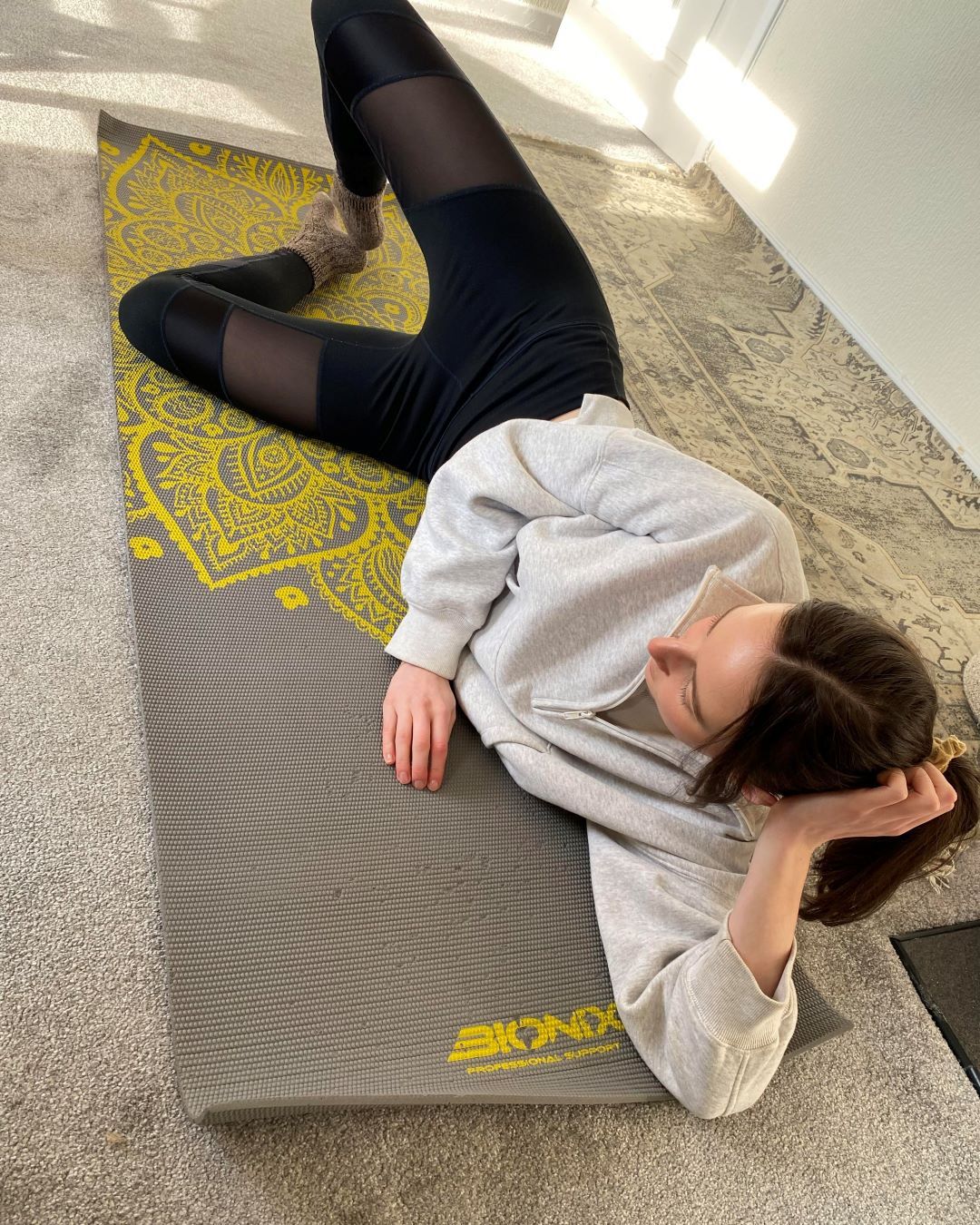
Katie during her Pilates clam challenge, lying on her workout mat at home
Days four to seven
Because I am experiencing hip stiffness when performing Pilates clams, I decide to heed Albazie's advice and try a couple of warm-up stretches prior to the exercise on day four. As I'm usually practising the clams in breaks between work (meaning I've been sitting in the same position for at least an hour), it does make sense for me to warm up the hips before attempting the exercise.
So, after doing a few lunges and figure of four stretches, I get back on the mat and start my clams. I almost breathe a sigh of relief when I start my reps, because I can immediately notice my hip stiffness has receded and I'm able to get a much better range of motion.
Days five and six follow a similar pattern, and by this point I'm really enjoying performing the clams. There's something immensely satisfying about opening and closing my upper leg when I'm able to get a good range of motion, and I do notice a significant difference in how my hips feel afterwards. Plus, my glutes definitely feel like they've been activated as well.
On day seven, I want to make sure I've got everything I can out of practising Pilates clams every day for a week, so I ask instructor Riley how to progress the move. "You can activate the pelvic floor by inhaling on the knee lift, filling the diaphragm and back ribs with air, and as you close the knee down, exhale through your mouth, drawing ribs toward each other," she suggests.
It sounds complicated, but actually, this feels like a pretty natural progression of the move. I like the feeling of doubling up on the benefits of incorporating the pelvic floor into the exercise.
So, do I recommend trying Pilates clams at home? Well, if you struggle with hip stiffness, this feels like the top Pilates move to try. Alongside the stretches, I feel like clams have the power to undo years' worth of hip stiffness. I'm sold.

Katie at the end of her challenge.
Shop MC UK's Pilates essentials here:
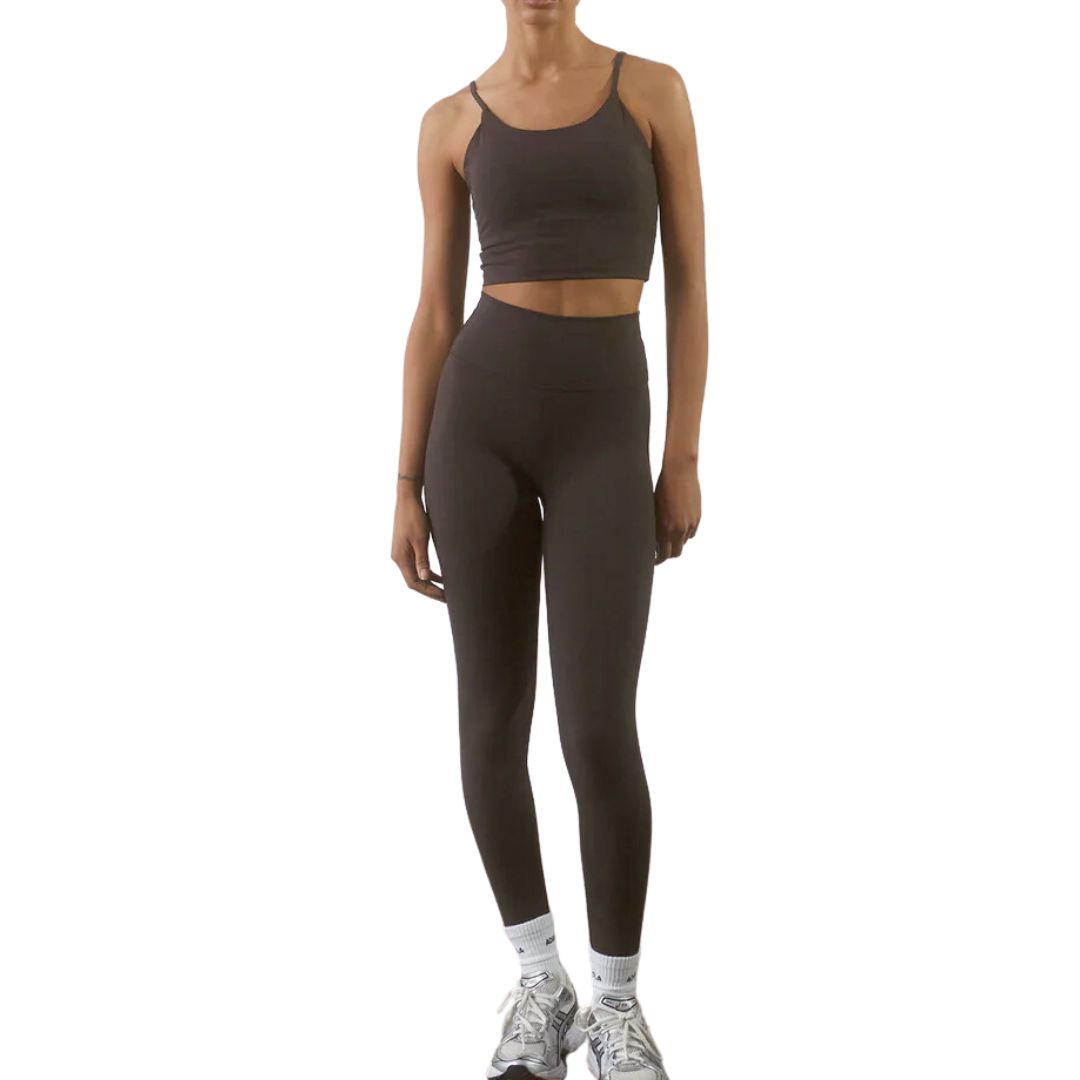
Adanola leggings are a classic for a reason. MC UK's Health Editors agree that the Ultimate Leggings are a worthy investment, and perfect for low-impact workouts like Pilates. I'm a fan of the coffee bean colour, but there's a whole range of shades to choose from.
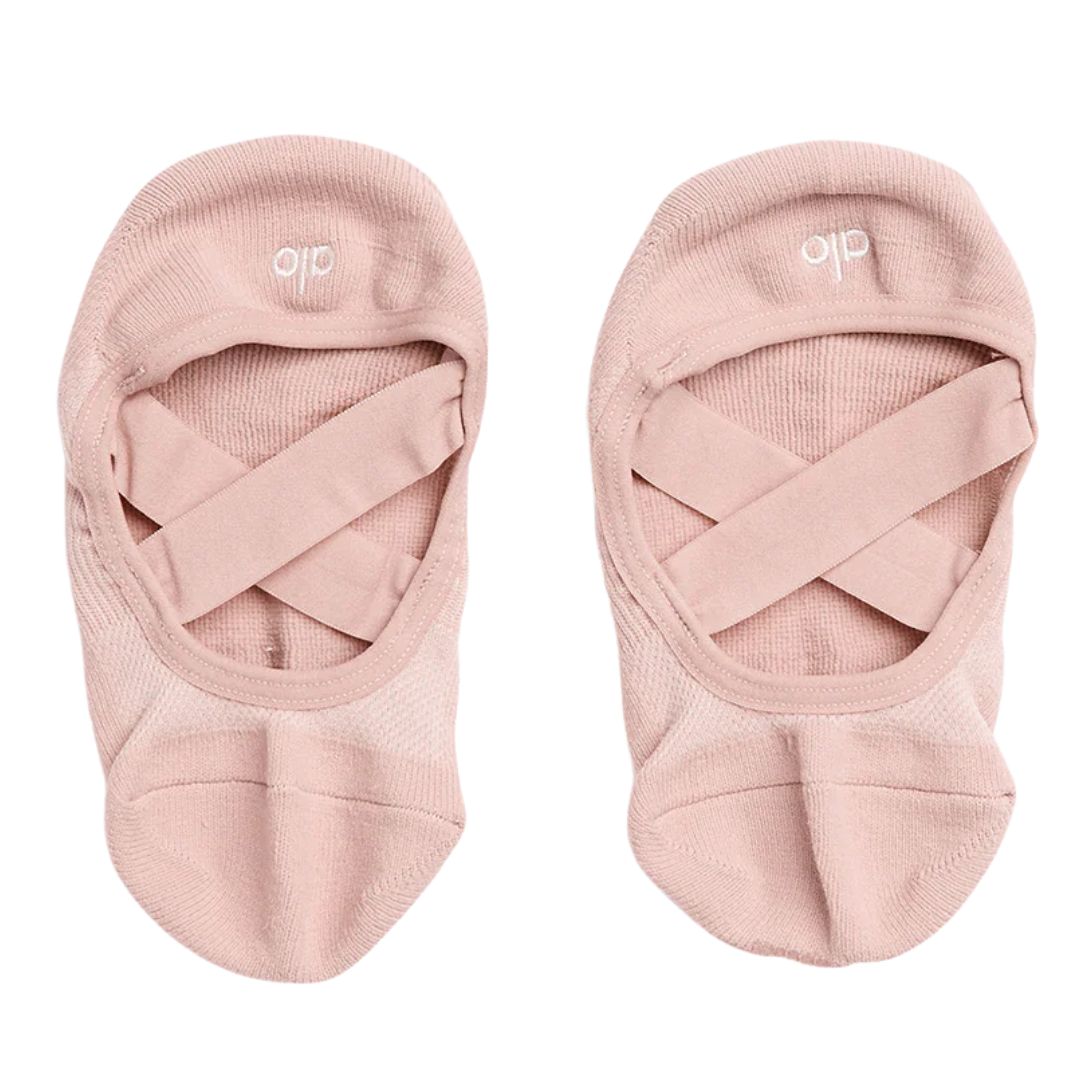
The Alo Yoga Pivot Barre Socks come highly recommended. Tried and tested by the MC UK team, they were found to have brilliant grip during Pilates workouts, though we do recommending sizing up because they can run small.
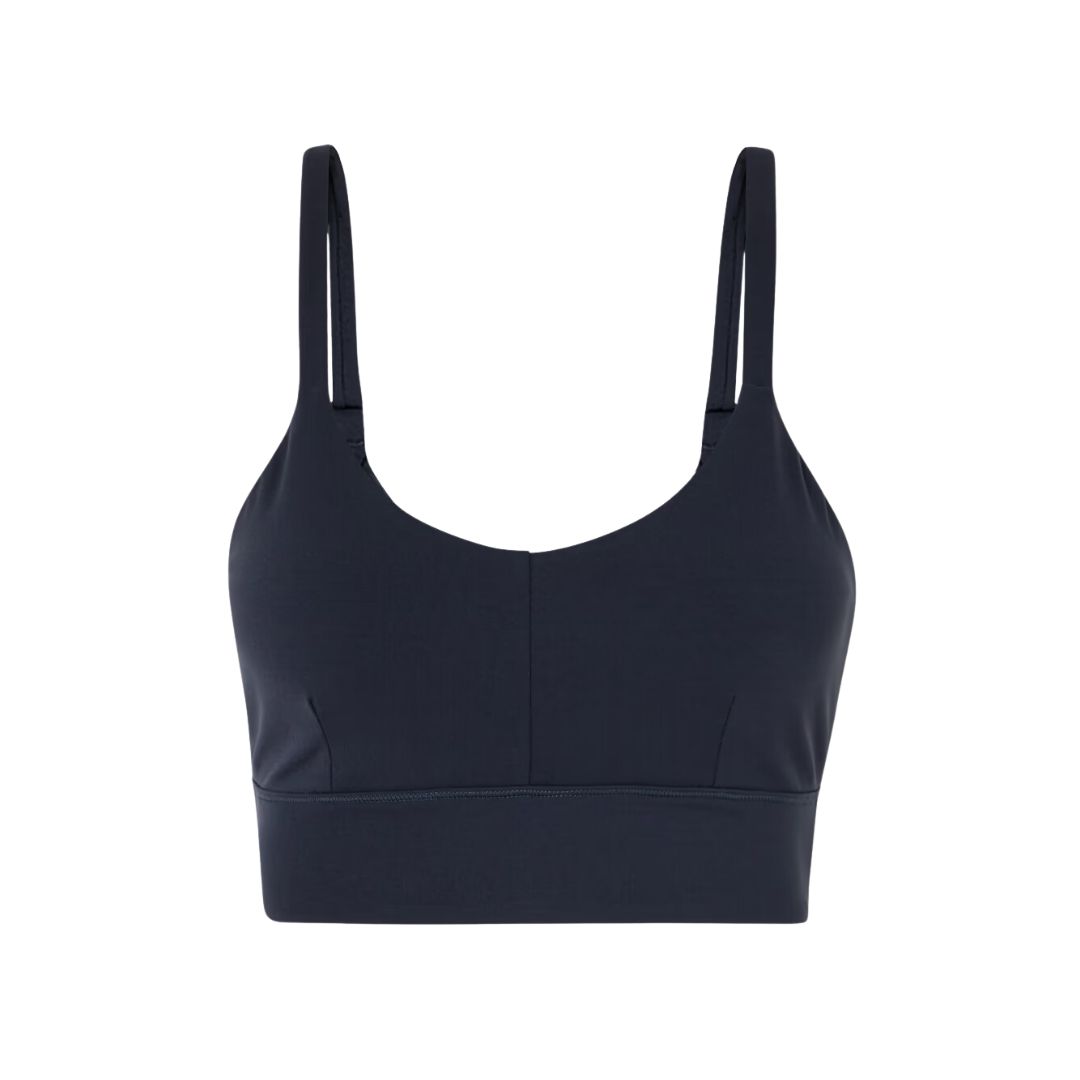
VARLEY are renown for producing high-quality workout pieces, and the Shape Amber Stretch Sports Bra looks perfect for Pilates. It has medium-level support, and is complete with adjustable straps and removable cups. I'd love to treat myself to this, along with the a pair of the label's leggings.
How often should we be doing Pilates clams?
While I wanted to practise Pilates clams every day for a week, you don't need to commit to this to experience the benefits.
"Aim to perform the Pilates clam exercise at least two times per week," McKee told MC UK. "You can include it in a Pilates flow or do it as a standalone exercise. The best thing about mat exercises is that they’re easy to do at home in your living room."

Katie Sims is a freelance journalist who writes about a variety of topics for publications including Woman&Home, Liz Earle Wellbeing, Who What Wear, and Ideal Home. She graduated with a Master's in Media and Journalism in 2021 and has been writing engaging digital content ever since. Her biggest passion is all things health and wellness, and she's tested fitness devices, workout methods, and nutritional advice to see what can help her (and others) feel good from the inside out. She's also a lover of beauty, particularly skincare. When she's not writing health and wellness content, she'll either be on a long walk, at a Pilates class, or tackling her long list of books to read.
-
 Andrea's It List: Finishing touches that elevate any outfit
Andrea's It List: Finishing touches that elevate any outfitDon't underestimate the power of accessories that make your outfit pop
By Andrea Thompson
-
 The fashion set is obsessed with lace-up shoes right now—these are the best pairs to shop
The fashion set is obsessed with lace-up shoes right now—these are the best pairs to shopNew summer footwear obsession, unlocked
By Sofia Piza
-
 I tried Pilates roll-downs every day for a week - and was amazed at how quickly it eased years of stiffness
I tried Pilates roll-downs every day for a week - and was amazed at how quickly it eased years of stiffnessConsider my spine more mobile than before.
By Rebecca Shepherd
-
 I tried Pilates roll-downs every day for a week - and was amazed at how quickly it eased years of stiffness
I tried Pilates roll-downs every day for a week - and was amazed at how quickly it eased years of stiffnessConsider my spine more mobile than before.
By Rebecca Shepherd
-
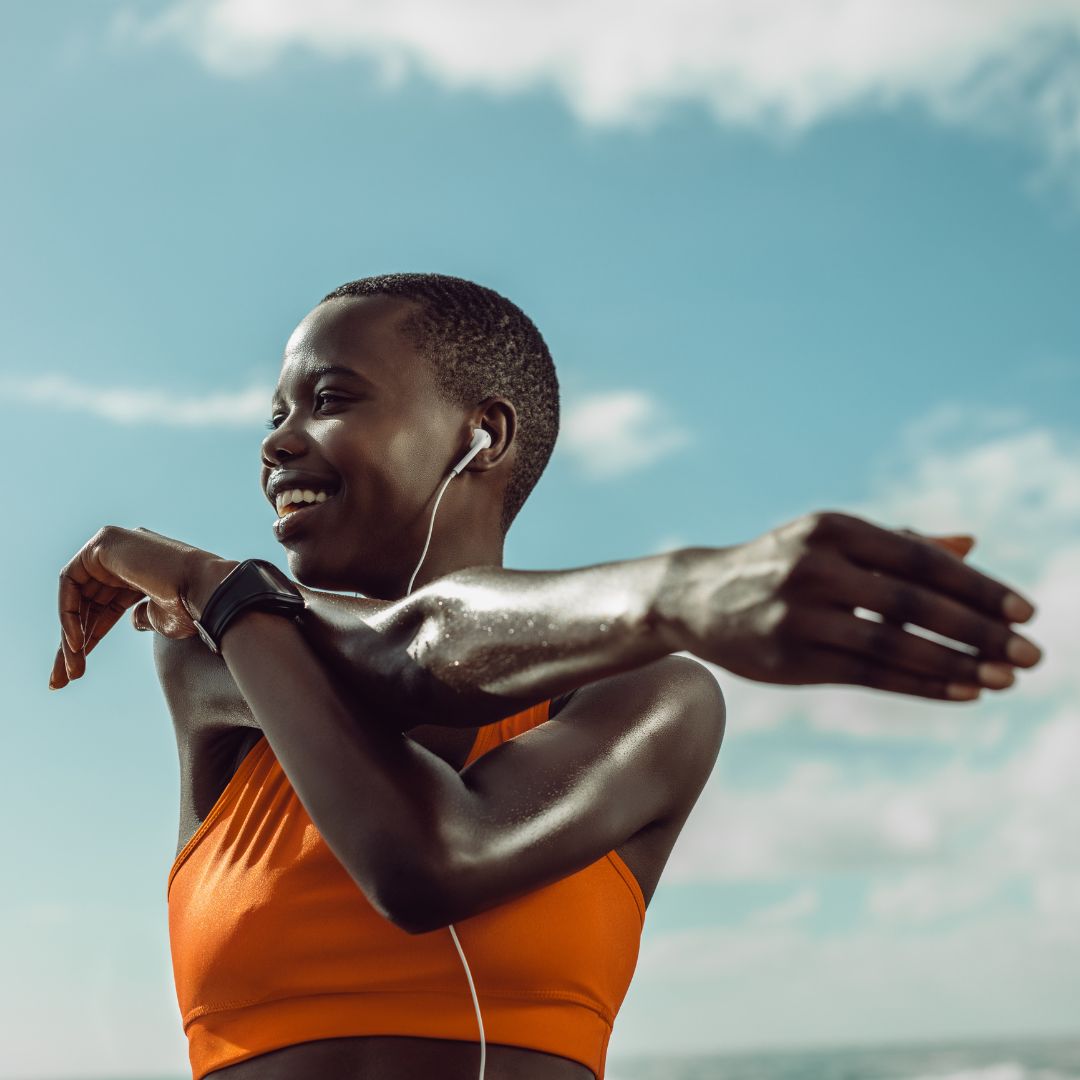 Spring has finally sprung - 6 best outdoor workouts that are totally free and boost both body and mind
Spring has finally sprung - 6 best outdoor workouts that are totally free and boost both body and mindSoak in the nature and boost Vitamin D *and* endorphins.
By Anna Bartter
-
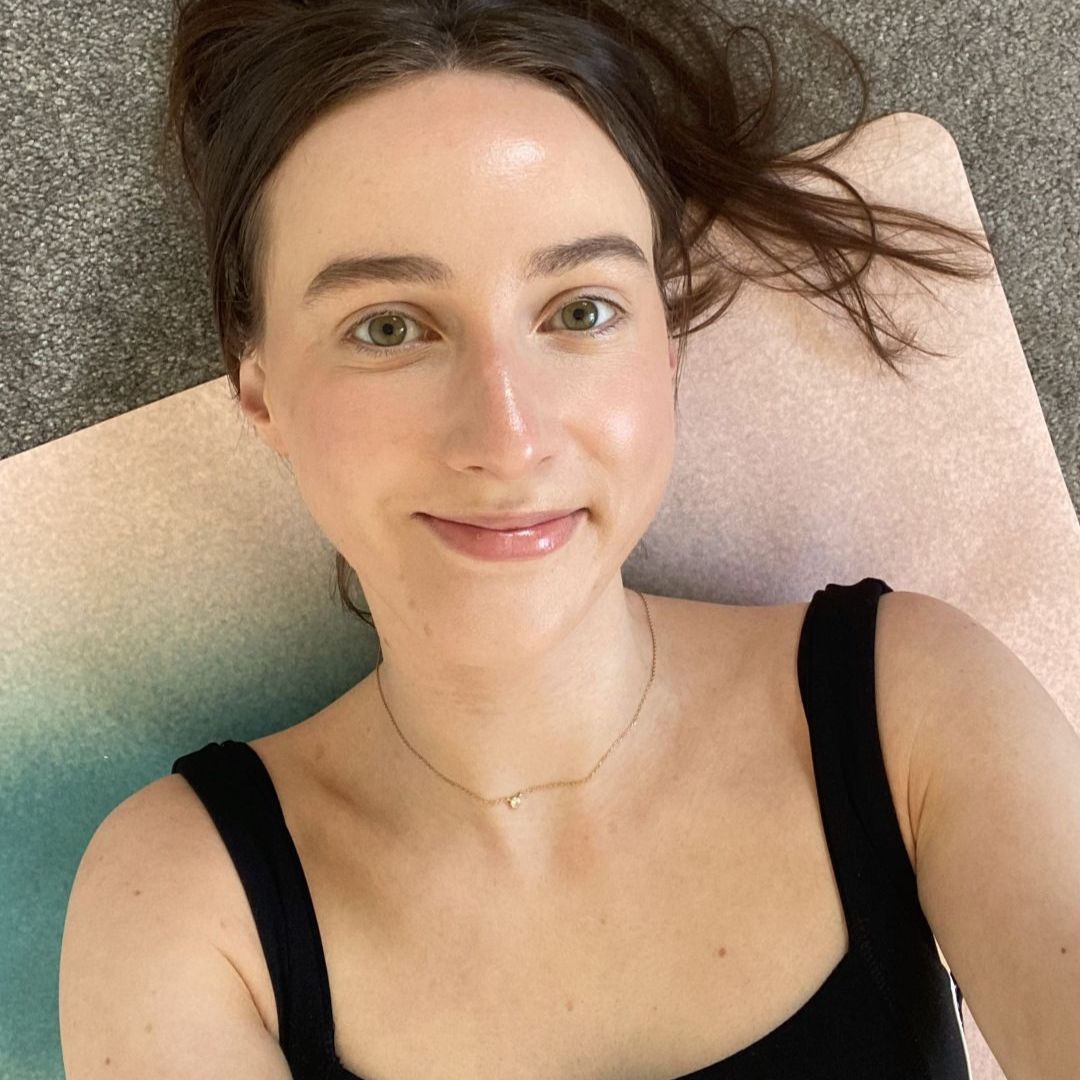 I tried Pilates scissors, the raved-about Pilates move - and think it's the best combination of stretching and strengthening ever
I tried Pilates scissors, the raved-about Pilates move - and think it's the best combination of stretching and strengthening everTrust me, this one's worth trying.
By Katie Sims
-
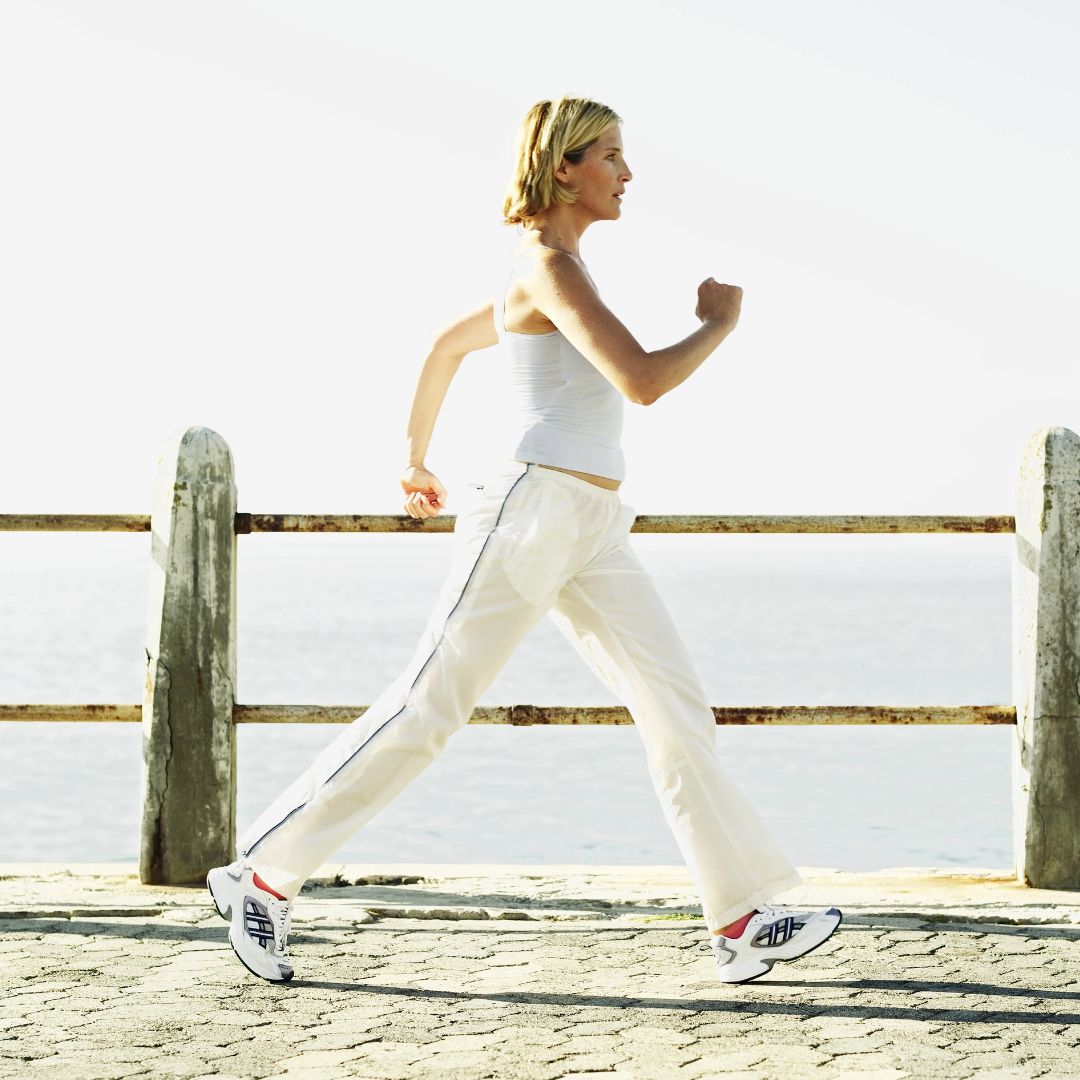 Power walking is the latest trending workout - and it promises to supercharge your health in the simplest way
Power walking is the latest trending workout - and it promises to supercharge your health in the simplest wayKeen to find out more? Step this way...
By Rebecca Shepherd
-
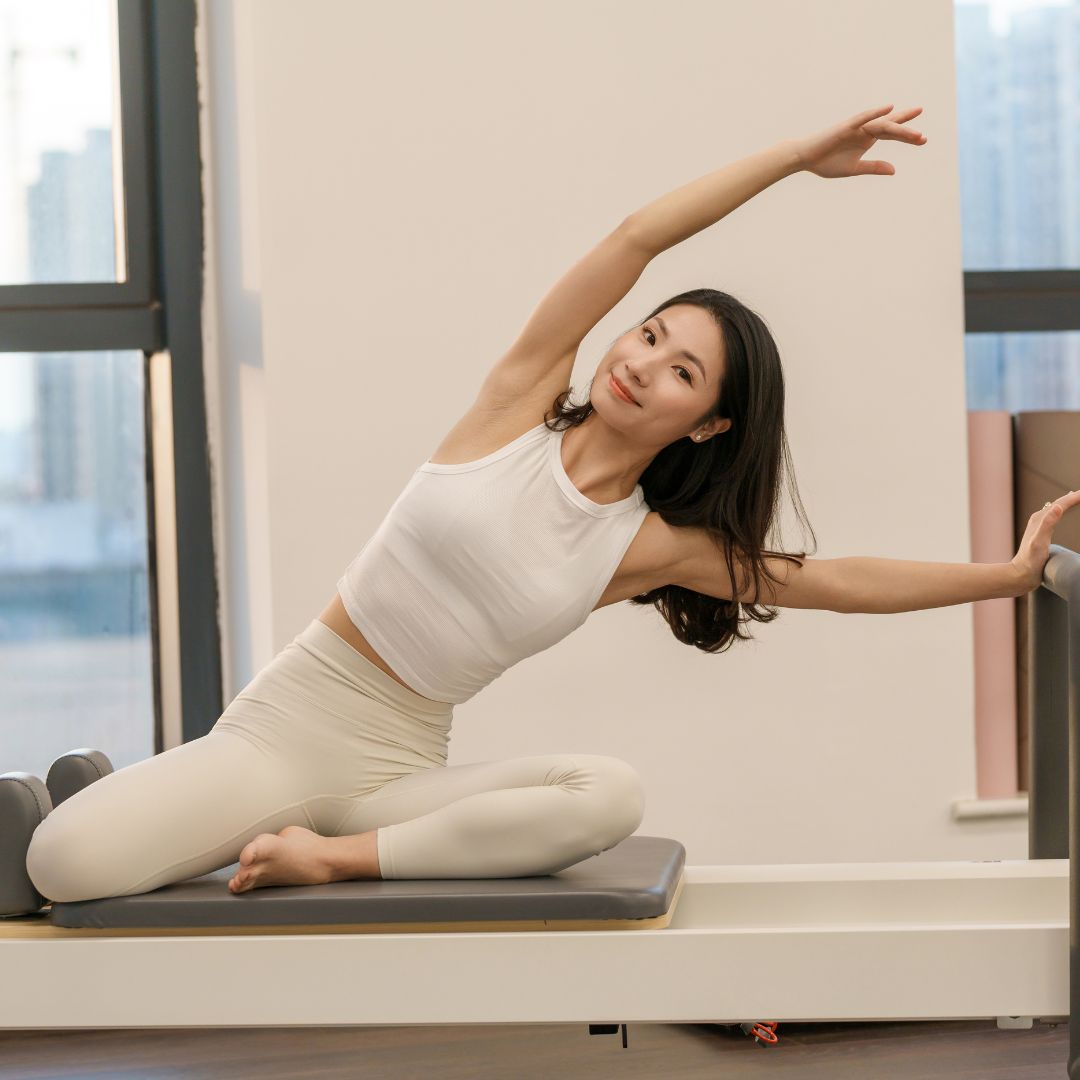 Eager to build a strong, stable core from home? 7 advanced Pilates core exercises that coaches do themselves
Eager to build a strong, stable core from home? 7 advanced Pilates core exercises that coaches do themselvesStability, strength *and* control? It's a yes from us.
By Anna Bartter
-
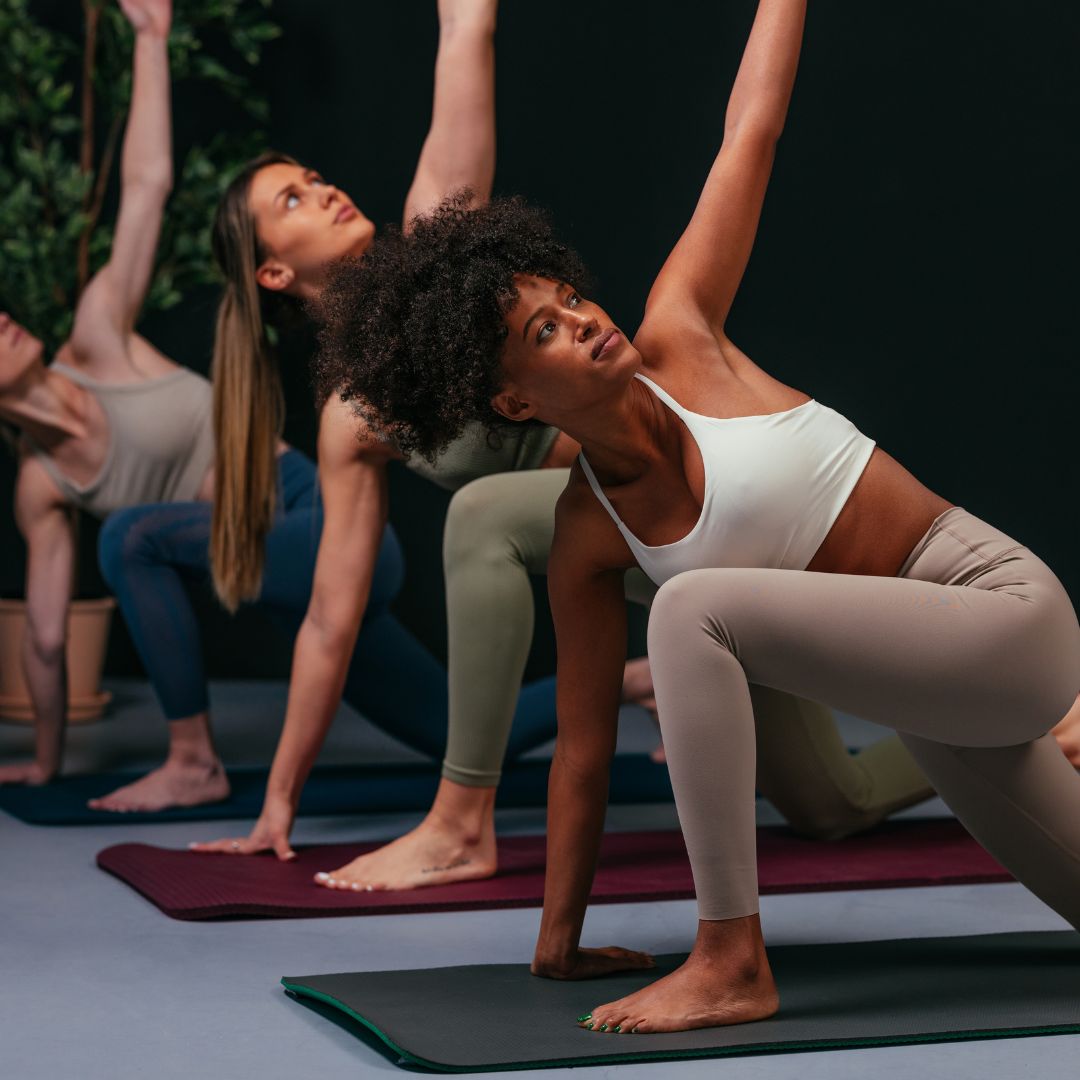 Classical Pilates is raved about worldwide as the most effective type of Pilates you can do - 8 exercises that instructors recommend
Classical Pilates is raved about worldwide as the most effective type of Pilates you can do - 8 exercises that instructors recommendTried, tested and trusted moves.
By Katie Sims
-
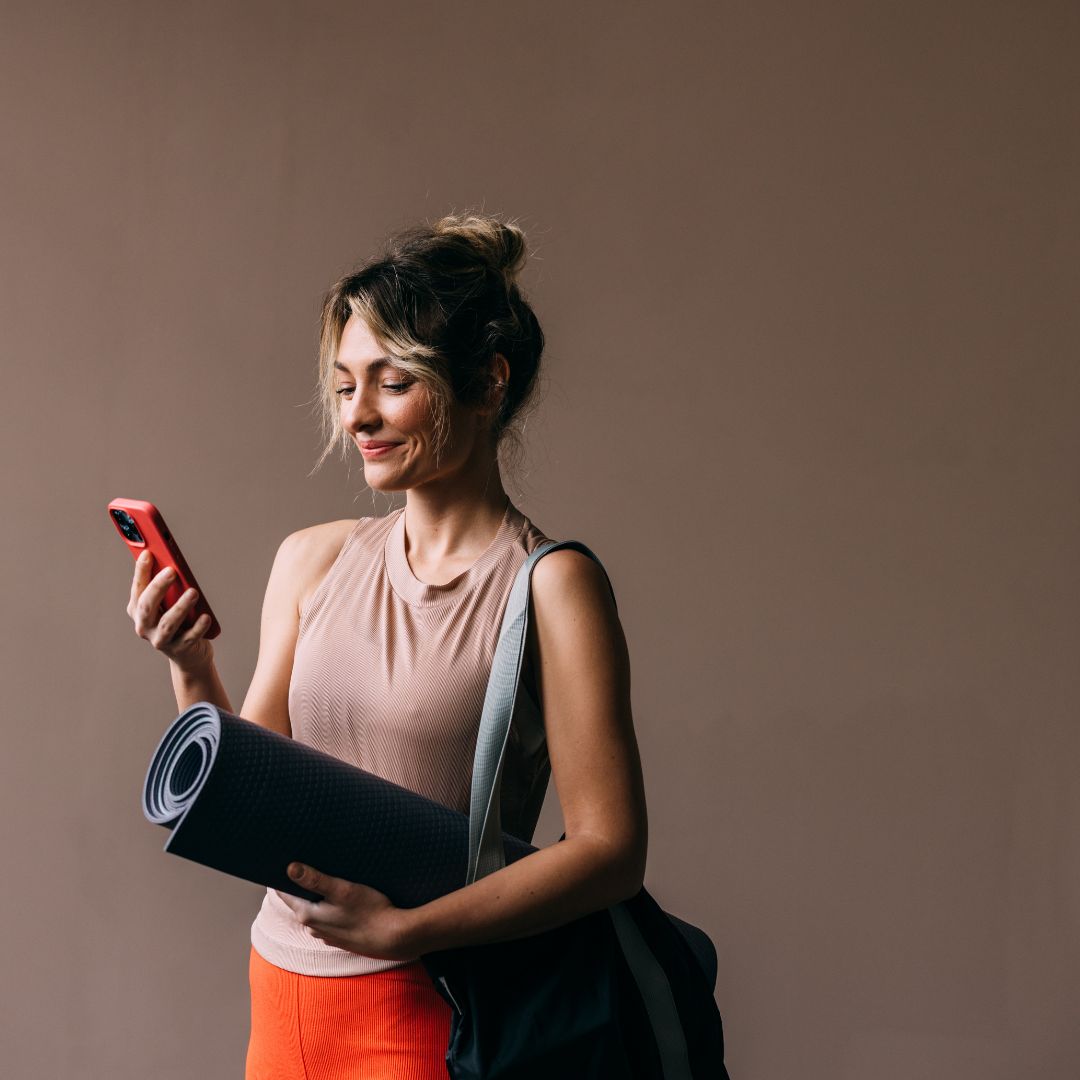 Fan of low-impact sessions? These are officially the 7 best Pilates apps for boosting strength, tone and mood
Fan of low-impact sessions? These are officially the 7 best Pilates apps for boosting strength, tone and moodYou can thank us later.
By Katie Sims
-
 I tried STOTT Pilates at home every day for a week - and I've fallen for the trending workout hook, line and sinker
I tried STOTT Pilates at home every day for a week - and I've fallen for the trending workout hook, line and sinkerYou'll want to give this one a go.
By Katie Sims
